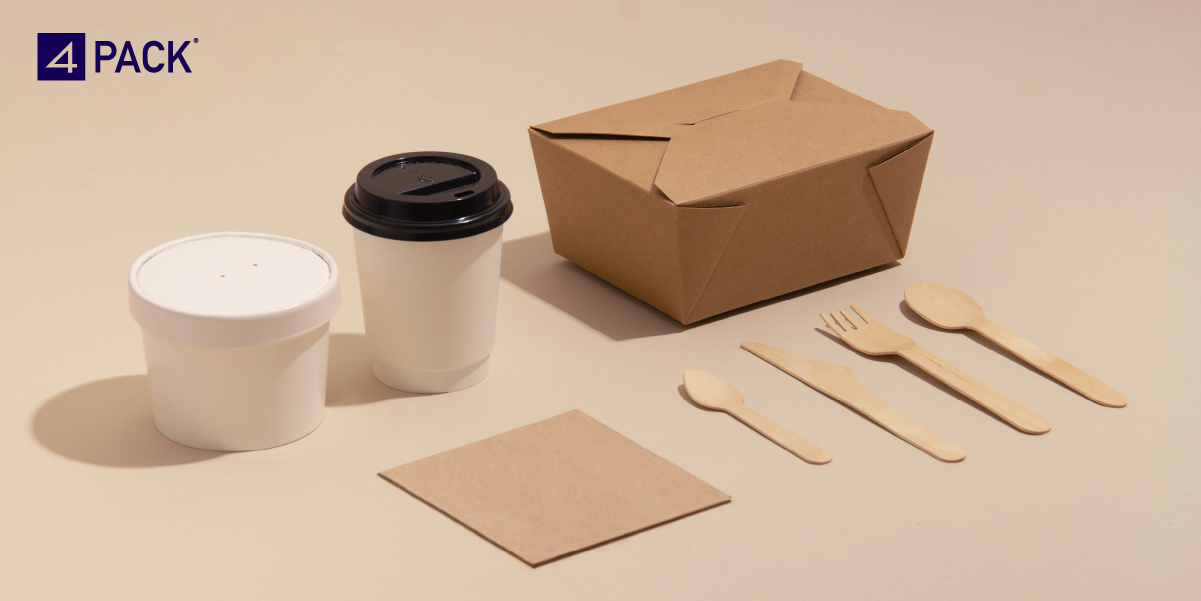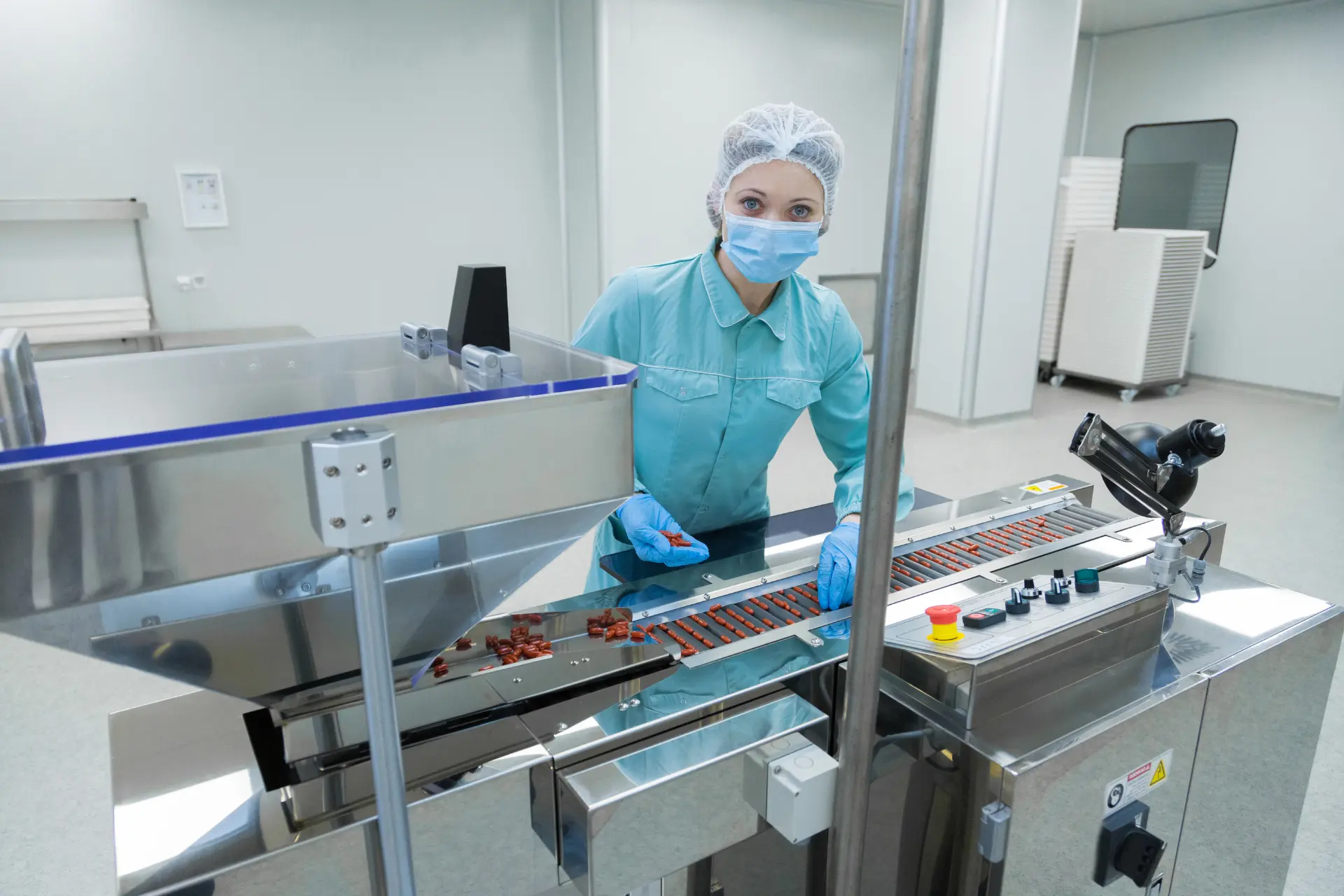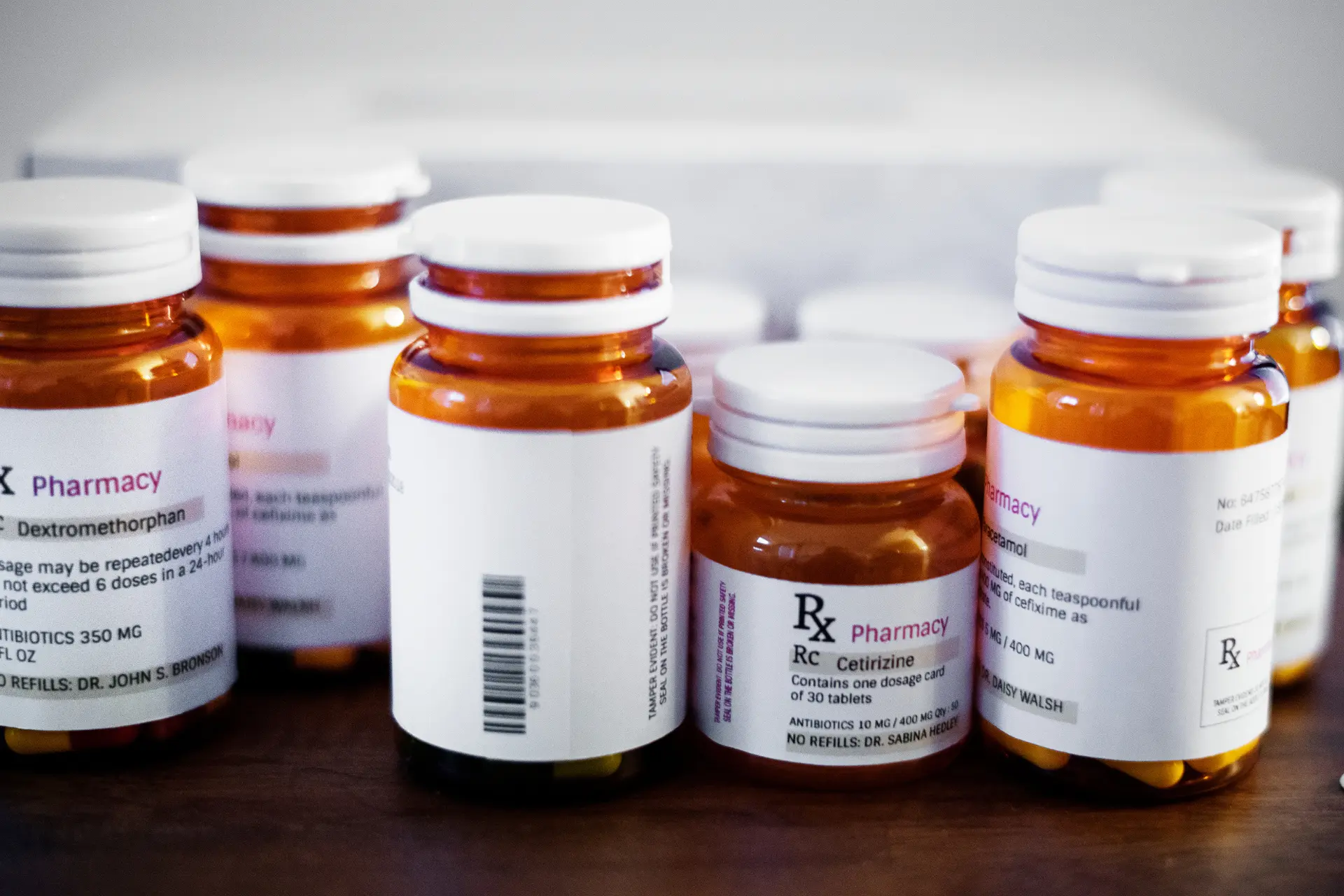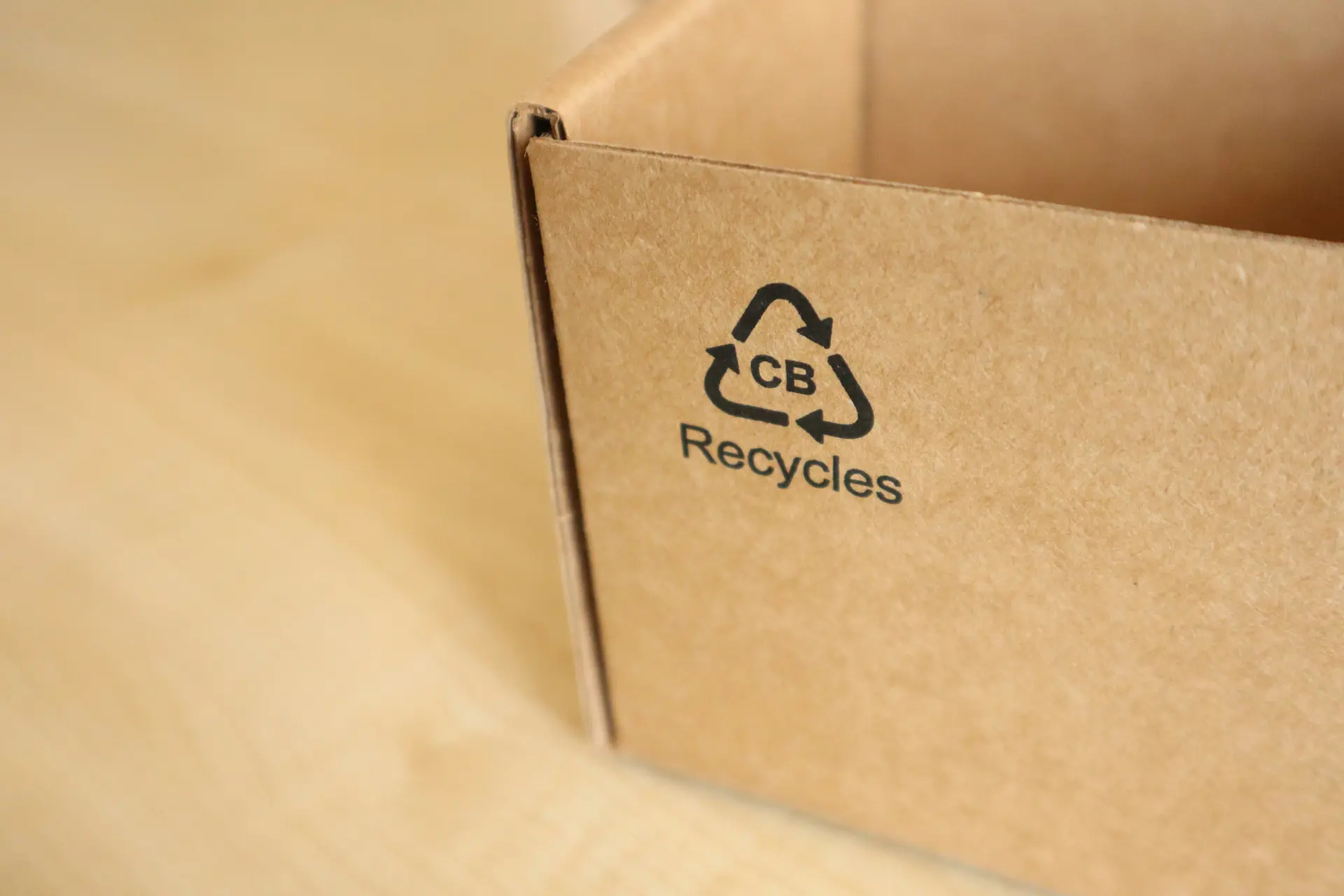Why Sustainable Packaging Design Matters
In 2024, sustainability is no longer a buzzword; it’s a necessity. As consumers become more environmentally conscious, and governments enforce stricter regulations, sustainable packaging design has emerged as a crucial factor for businesses across industries. The packaging choices companies make today will not only impact their environmental footprint but also their long-term success. This article explores why sustainable packaging design is essential in 2024 and how businesses can adapt to the evolving landscape.
The Growing Importance of Sustainability in 2024
Consumer Awareness and Demand for Eco-Friendly Products
Today’s consumers are more aware of environmental issues than ever before. With climate change and pollution at the forefront of public discourse, shoppers are making informed decisions about the products they buy. They favour brands that align with their values, and sustainable packaging plays a pivotal role in shaping those perceptions. According to recent surveys, more than 60% of consumers consider a brand’s environmental impact when making a purchase, and packaging is often the first touchpoint.
Regulatory and Corporate Pressures
Governments worldwide are introducing stricter packaging regulations to curb plastic waste and promote recycling. In the UK, the Plastic Packaging Tax, which applies to packaging with less than 30% recycled content, is one such example. Additionally, companies face growing pressure from investors to meet sustainability targets. Ignoring these shifts could lead to financial penalties and lost market share, making sustainable packaging a business imperative.
What Is Sustainable Packaging Design?
Sustainable packaging design refers to creating packaging solutions that minimise environmental impact. It involves using materials and processes that reduce waste, conserve resources, and decrease carbon emissions.
- Recyclable Materials: Recyclable packaging is designed with end-of-life disposal in mind. Materials like glass, metal, and certain plastics can be processed and reused, reducing the need for virgin resources. Brands are increasingly moving towards mono-material packaging, which is easier to recycle.
- Biodegradable and Compostable Solutions: Biodegradable and compostable materials, such as plant-based plastics or paper, break down naturally, leaving minimal environmental impact. These solutions are ideal for products that require single-use packaging but aim to minimise their long-term footprint.
- Minimalist Packaging: Minimalist design, which uses fewer materials and eliminates unnecessary packaging, is a growing trend in sustainable packaging. It reduces both material usage and waste, while also appealing to consumers seeking simple, eco-friendly products.
The Environmental Impact of Packaging
Packaging Waste Crisis
The packaging industry is a significant contributor to the global waste crisis. Single-use plastics, in particular, have devastating consequences for the environment. They often end up in landfills or oceans, where they take hundreds of years to degrade.
Single-use plastics account for a large portion of the world’s packaging waste. These materials are difficult to recycle, and even when recycled, their quality degrades over time. Their accumulation in natural habitats poses a threat to wildlife and ecosystems.
The Role of Packaging in Carbon Emissions
Packaging doesn’t just contribute to waste; it also has a significant carbon footprint. The production, transportation, and disposal of packaging materials consume large amounts of energy and generate greenhouse gases. Reducing packaging emissions is crucial for combatting climate change.
How Sustainable Packaging Reduces Waste
Sustainable packaging design offers solutions to reduce waste and emissions. By using renewable materials, minimising material usage, and promoting circular systems, businesses can significantly reduce their environmental impact.
Sustainable packaging can lower carbon emissions by reducing the energy needed for production and transportation. Lightweight materials, for example, reduce fuel consumption during shipping, and renewable energy sources further minimise environmental impact.
By utilising recycled or renewable materials, sustainable packaging reduces the need for virgin resources like oil, trees, and minerals. This conservation of resources helps to protect biodiversity and ecosystems.
Key Benefits of Sustainable Packaging Design
- Brand Perception and Consumer Trust: Sustainability is no longer optional for businesses looking to build strong relationships with their customers. Consumers are drawn to brands that demonstrate a commitment to the environment.
- Aligning with Consumer Values: By adopting sustainable packaging, brands can align themselves with eco-conscious consumers who are more likely to remain loyal and recommend their products. Transparent communication about environmental efforts strengthens brand trust.
- Brand Differentiation Through Sustainability: In crowded markets, sustainability can be a powerful differentiator. Brands that prioritise sustainable packaging not only meet consumer expectations but also stand out as leaders in their industry.
- Staying Ahead of Regulations: Governments are continuing to implement new policies to reduce packaging waste and promote recycling. Companies that adopt sustainable packaging early can stay ahead of these regulations and avoid costly retrofits down the line.
- Accessing New Markets and Consumers: Sustainable packaging is increasingly becoming a requirement in many markets. Meeting these demands can open up new opportunities, especially in regions with stringent environmental standards like the European Union.
- Reduction in Material and Energy Usage: Using fewer or recycled materials can reduce production costs over time. Furthermore, lightweight packaging reduces shipping costs, and energy-efficient production methods lower operational expenses.
- Streamlined Packaging and Logistics: Sustainable packaging often involves simpler designs that use less material. This streamlining can result in cost savings during production, storage, and transportation, making it more economical in the long run.
Elements of an Effective Sustainable Packaging Design Strategy
Material Selection
Choosing the right materials is key to creating sustainable packaging.
Using materials made from renewable sources, like paper or plant-based plastics, or recycled materials, reduces environmental impact and conserves resources.
To enhance recyclability, many brands are working to eliminate non-recyclable components like laminated plastics, which complicate the recycling process.
Life Cycle Assessment (LCA)
A life cycle assessment evaluates the environmental impact of a product from raw material extraction to disposal.
Conducting an LCA helps businesses understand the full impact of their packaging choices, enabling them to make more sustainable decisions.
Several tools and software solutions, such as SimaPro and GaBi, allow companies to conduct LCAs and optimise their packaging for sustainability.
Innovation in Packaging Technologies
Technological advancements are making it easier to design sustainable packaging that meets both environmental and functional needs.
- Lightweighting: Lightweighting refers to reducing the material used in packaging without compromising its strength or functionality. This reduces both material usage and transportation costs.
- Active and Intelligent Packaging: Active packaging extends the shelf life of products, reducing food waste, while intelligent packaging provides real-time data on a product’s condition, enhancing supply chain efficiency.
Challenges in Implementing Sustainable Packaging Design
- Balancing Sustainability and Functionality: Packaging must protect products during transportation and storage. The challenge lies in creating sustainable solutions that do not compromise on durability or protection.
- Ensuring Durability and Protection of Goods: While reducing materials is important, packaging must still provide adequate protection. Brands must find a balance between sustainability and product safety to avoid wastage through damage.
- Cost Implications for Small and Medium-Sized Enterprises (SMEs): While large corporations may have the resources to invest in sustainable packaging, smaller companies often face financial constraints.
- Initial Investment vs. Long-Term Savings: Sustainable packaging can require significant upfront costs for research, development, and material sourcing. However, these costs are often offset by long-term savings in production and logistics.
Advancement in Sustainable Packaging Design
The development of new materials is shaping the future of sustainable packaging.
- Plant-Based Plastics: Plant-based plastics, made from renewable resources, offer a promising alternative to traditional fossil fuel-based plastics.
- Edible Packaging Solutions: Edible packaging, made from materials like seaweed, is gaining traction as an innovative way to eliminate waste altogether.
- The Rise of Circular Economy Models: A circular economy is designed to eliminate waste by keeping products and materials in use for as long as possible.
- Closed-Loop Packaging Systems: Closed-loop systems, where packaging is returned, reused, or repurposed, are becoming a practical solution for reducing waste in industries like food and beverage.
- Reusable and Refillable Packaging: More companies are adopting reusable packaging models, where consumers can return packaging for a refill, reducing the need for single-use items.
Why Brands Must Embrace Sustainable Packaging Design in 2024
In 2024, sustainable packaging is not just a trend—it’s essential for businesses looking to thrive in an eco-conscious world. Sustainable packaging reduces environmental harm, conserves resources, and leads to long-term cost savings, making it a smart investment for businesses of all sizes.
By embracing sustainable packaging design, businesses can play a key role in shaping a more sustainable future—both for the planet and their bottom line. The packaging industry must continue to innovate, adapt, and lead the way in sustainable practices to meet the challenges of tomorrow.



